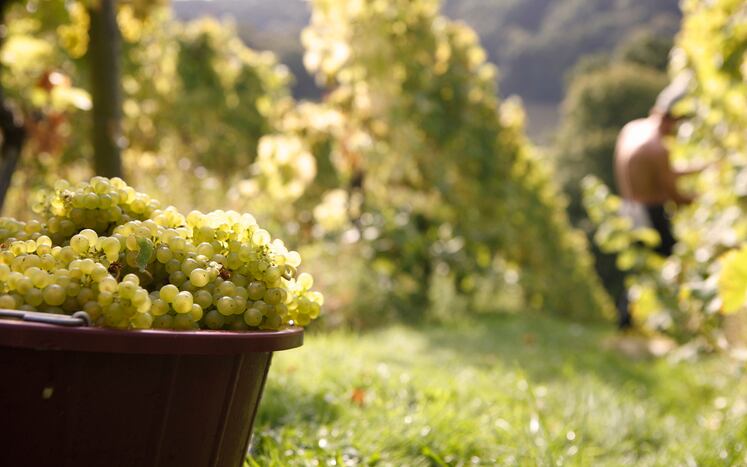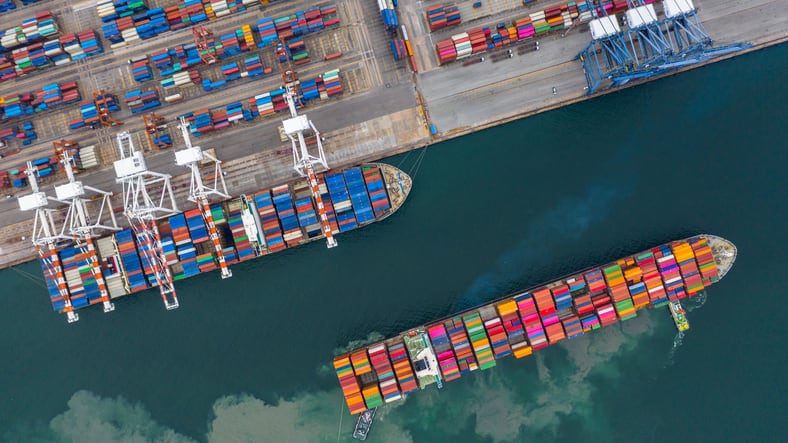Global wine production for 2024 is estimated at 225.8 mhl, marking a 4.8% decrease compared to the already historically low output of 2023, according to stats released this week by the International Vine and Wine Organisation (OIV).
This makes 2024 the lowest production level recorded since 1961 (219 mhl).
“This decline is mainly attributed to extreme environmental conditions from heat and drought as well as unpredictable weather events across major north and southern hemisphere wine producing regions,” said John Barker, director general of the OIV, in a press conference for the release of the 2024 data.
“Additionally, in some regions, this low output reflects market adjustments, driven by declining wine consumption volumes.
“This has resulted in the smallest global wine production volume since 1961, when spring frosts devastated mainly vineyards in Europe most notably France.”
The global production estimate for 2024 is smaller than the OIV’s first estimate back in October, because final figures for some countries, notably US and Spain, were revised significantly downwards.
Volatility is back
The wine industry expects a certain amount of volatility in year-on-year trends.
“Wine production fluctuates sometimes quite dramatically, sometimes from year to year,” said Barker. “This volatility is a feature of wine production as a perennial agricultural crop that’s highly subject to both seasonal fluctuations and state interventions.”
Over the last few decades, volatility in year-on-year production has decreased thanks to better technology, vineyard management and vineyard diversification. But now volatility is back on the rise again.
“We can attribute the major part of this volatility to significant and unpredictable weather events affecting both hemispheres: that is, to climate change,” said Barker.
Top wine producers in 2024
France, Italy and Spain always dominate global wine production: together accounting for 50% of wine production across 77 countries at a world level.
Italy overtakes France to become the largest wine-producing nation in 2024, thanks to a 15% increase on 2023’s historically low production level (volumes, however, are still below the five-year average). Despite its healthy production levels, the country did not escape adverse weather conditions, in particular hailstorms in the north.
France, coming in at second place, saw production levels drop 23% from 2023 and the country recorded its lowest output since 1957. The decline is attributed to adverse weather conditions across the country affecting flowering to harvest: hitting all wine regions with issues such as continuous rain, fungal disease outbreaks, poor flowering, droughts and hailstorms reducing yields.
Spain is the third largest wine producer globally, with a 2024 production volume up 9.3% on 2023 (although, like Italy, still well below the five year average). Ongoing water stresses continue to challenge grape growers.
The US is the world’s fourth-largest wine producer. In 2024, wine production saw a 17% decline on 2023 which was below the five year average. Extreme heat and inventory pressures led to one of the lowest production levels in the past 15 years (California – which accounts for the majority of the country’s wine – saw the smallest grape harvest since 2004).
The European Union represents 61% of global production, while the Southern Hemisphere represents 20%.
Vineyard area
The world’s vineyard surface area stands at 7.1 million hectares, marking a slight decrease of 0.6% compared to 2023.
This is the fourth consecutive year of shrinking vineyard surfaces globally: with the vast majority of vine-growing countries in the world seeing declines.
Spain, the largest vineyard in the world, accounts for 930 kha in 2024 and has decreased by 1.5% (equivalent to 14.5 kha) compared to 2023. Similarly,
France, with the second largest area under vines, saw a decrease of 0.7%, setting at 783 kha. Italy, on the contrary, saw a modest expansion in vineyard area, reaching 728 kha.



